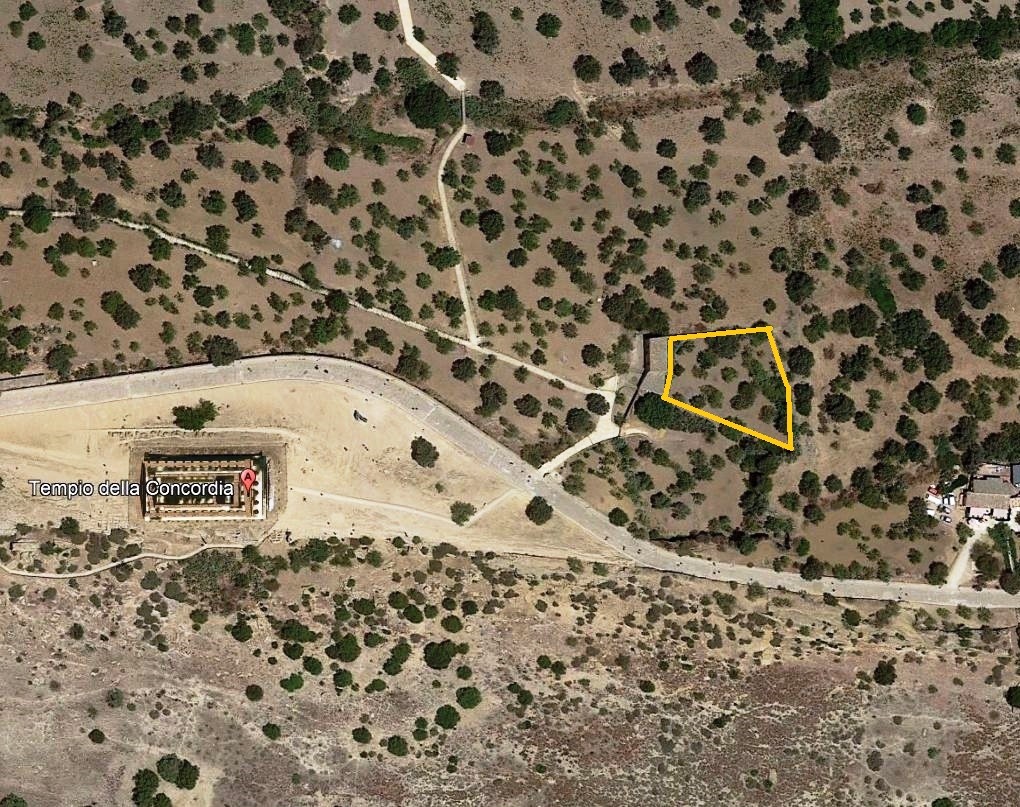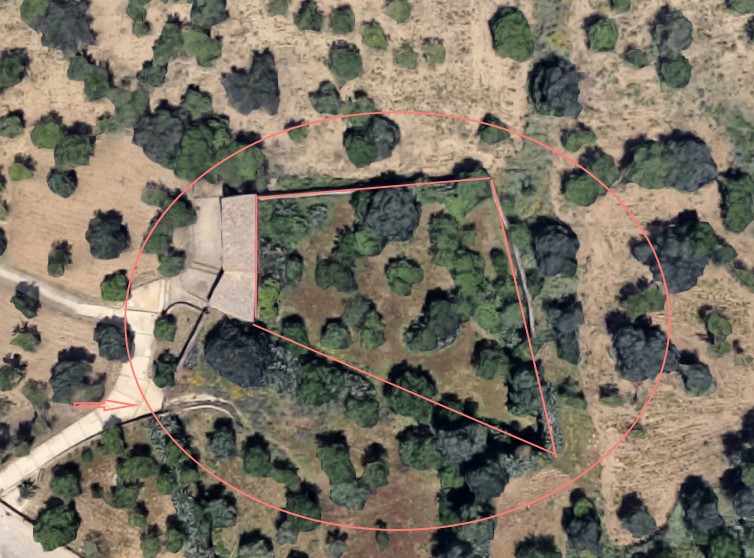The creation of the sensory garden is one of the stages of the project that is based on accessibility and social inclusiveness. The garden is part of the experimental pilot activities, included within the project, together with the Educational Laboratories. The chosen area is located downstream of the Temple of Concord, in a private and quiet area, easily accessible.
 In this area, of about 2000 square meters, it is planned to activate a sensory path, universally accessible, that can involve visitors.
In this area, of about 2000 square meters, it is planned to activate a sensory path, universally accessible, that can involve visitors.
Sight, smell, hearing, touch and taste, are the protagonists of the place and the elements guide to discover the natural characteristics of the UNESCO site and the territory. Green furniture is provided with plants typical of the Mediterranean flora, trees, shrubs and herbs, arranged according to functional logical paths, equipped with facilities to allow visitors the harmonious and functional perception of the garden, including other background information, using the five senses. The paths of use will be highlighted and accompanied by devices and devices that allow easy accessibility to all users, in any condition of ability. At the entry point, and along the route, models of the main monuments of the valley will be placed, including information tables in Braille language and the possibility of listening to information through appropriate computer tools. Logic of the sensory garden
Logic of the sensory garden
The sensory garden, planned, is designed as a green area, finalized, with special safeguards to allow the exploration of places and complete knowledge through the use of the five senses. They will become the absolute protagonists of new emotional paths, through historical and naturalistic contexts of the places, to increase new relationships of empathy and integration with the public.
Special paths will be studied in which lights, scents, sounds and tastes will interact with the users, in an immersive atmosphere specially designed.
The area will, in fact, be designed to invite the public to embark on an immersive journey to discover new sensations, linked to the past and the current reality of the places. The sensory garden provides for the creation of areas of light and shade and the presence of sounds, linked to the landscape context with the fundamental presence of water; the use of appropriate materials; the colors and scents of flowers and herbs, the taste of fruit and vegetables. Studies on the subject have shown that sensory gardens can have therapeutic effects in people with disabilities, producing significant improvements and accelerating physical and psychological rehabilitation.
A place “accessible to all” to relax, reflect, meditate, contemplate and discuss. Arboreal and shrubby essences, aromatic herbs, fruit trees, all characteristic of the territory of the Valley, will be planted, also with reference to the history of the territory.